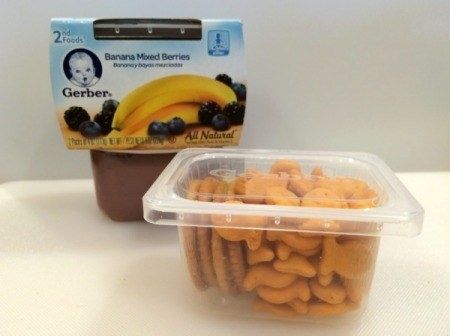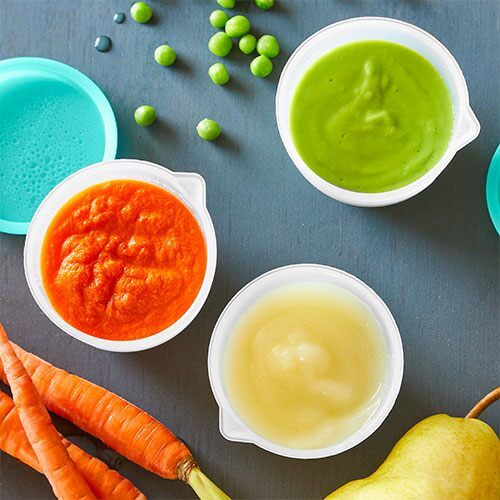Indian solid foods for babies
6 Months Baby Food Chart with Indian Baby Food Recipes
last updated: by Kalyani
6 Months Baby Food Chart, Indian Baby Food recipes, By six months your baby will be completely ready for solids and showing signs for readiness. This post will help you to decide on what are the foods you can introduce at six months with sample food charts. Prefer homemade foods than buying packaged or ready-made foods available in the market, because homemade is safest and healthiest.
Also, remember that solids food can't replace the nutrients breastmilk or formula provides during the first year. So consider including solids in your baby's diet as a complementary feeding. Please read on how to introduce solids to the baby before you plan a food chart for your six months baby.
What foods can be included in 6 months of baby's diet?This stage is a little tricky as six months is a starting of solids. Safe, less allergic, easily digestible, healthy and nutritious foods are recommended when you start solids for the first time. Here is the list of safe options you can include in 6 months old baby's diet.
- Fruits: Apple, Avocado, Banana, Pears, muskmelon, Peaches, Plums, Prune
- Vegetables: Carrot, Pumpkin, Sweet Potato
- Cereals & Grains: Rice, Ragi, Barley, Semolina/Suji/Rava, sabudhana/Sago/Tapioca, Ragira/Amaranth/Phool Makhana, Quinoa
- Pulses: Yellow Moong Dal
- Dairy: Ghee, Butter (in moderation)
- Non-Vegetarian: None
For the quantity of food, always be guided with your baby's hunger as appetite varies from baby to baby, and most babies change from day-to-day. Here is an approximate amount:
- 1 tbsp of fruit or veg puree. Gradually increased to 4 tbsp
- 2 tbsp of cereal.
 Gradually increased to 1/4 cup
Gradually increased to 1/4 cup
Here is the collection of 6 Months Baby Food Recipes, please customize the below sample charts with the mentioned recipes that can be included in 6 months baby’s diet based on availability, convenience, and your baby’s preference.
Sample Indian Food chart or Diet plan for 6 months old baby:One meal a day would do for a 6 months old baby. Gradually you can shift to two meals around 7 months. When you begin, start with small portions. Baby's first food should be semi-liquid, gradually move to thick consistency as your baby learned to eat.
Introduce one food at a time and follow 3 days rule which will help to find out allergic reactions to a particular food. Here are the sample food charts(weekly) for 6 months old baby. You can customize these charts with recipes for 6 months of baby food based on availability, convenience, and your baby's preference.
| Days | Early Morning | Breakfast | Mid-Morning | Lunch | Evening | Dinner | Bed time | |
| Week 1 | Day 1 | BM/FM | BM/FM | BM/FM | Banana Puree | BM/FM | BM/FM | BM/FM |
| Day 2 | BM/FM | BM/FM | BM/FM | Banana Puree | BM/FM | BM/FM | BM/FM | |
| Day 3 | BM/FM | BM/FM | BM/FM | Banana Puree | BM/FM | BM/FM | BM/FM | |
| Day 4 | BM/FM | BM/FM | BM/FM | Apple Puree | BM/FM | BM/FM | BM/FM | |
| Day 5 | BM/FM | BM/FM | BM/FM | Apple Puree | BM/FM | BM/FM | BM/FM | |
| Day 6 | BM/FM | BM/FM | BM/FM | Apple Puree | BM/FM | BM/FM | BM/FM | |
| Day 7 | BM/FM | BM/FM | BM/FM | Carrot Puree | BM/FM | BM/FM | BM/FM |
* BM/FM-Breast milk/Formula Milk
Week 2:| Days | Early Morning | Breakfast | Mid-Morning | Lunch | Evening | Dinner | Bed time | |
| Week 2 | Day 1 | BM/FM | BM/FM | BM/FM | Carrot Puree | BM/FM | BM/FM | BM/FM |
| Day 2 | BM/FM | BM/FM | BM/FM | Carrot Puree | BM/FM | BM/FM | BM/FM | |
| Day 3 | BM/FM | BM/FM | BM/FM | Pumpkin Puree | BM/FM | BM/FM | BM/FM | |
| Day 4 | BM/FM | BM/FM | BM/FM | Pumpkin Puree | BM/FM | BM/FM | BM/FM | |
| Day 5 | BM/FM | BM/FM | BM/FM | Pumpkin Puree | BM/FM | BM/FM | BM/FM | |
| Day 6 | BM/FM | BM/FM | BM/FM | Rice Gruel | BM/FM | BM/FM | BM/FM | |
| Day 7 | BM/FM | BM/FM | BM/FM | Rice Gruel | BM/FM | BM/FM | BM/FM |
* BM/FM-Breast milk/Formula Milk
Week 3:| Days | Early Morning | Breakfast | Mid-Morning | Lunch | Evening | Dinner | Bed time | |
| Week 3 | Day 1 | BM/FM | BM/FM | BM/FM | Rice Gruel | BM/FM | BM/FM | BM/FM |
| Day 2 | BM/FM | BM/FM | BM/FM | Rice Porridge | BM/FM | BM/FM | BM/FM | |
| Day 3 | BM/FM | BM/FM | BM/FM | Rice Porridge | BM/FM | BM/FM | BM/FM | |
| Day 4 | BM/FM | BM/FM | BM/FM | Rice Porridge | BM/FM | BM/FM | BM/FM | |
| Day 5 | BM/FM | BM/FM | BM/FM | Dal Ka Pani | BM/FM | BM/FM | BM/FM | |
| Day 6 | BM/FM | BM/FM | BM/FM | Dal Ka Pani | BM/FM | BM/FM | BM/FM | |
| Day 7 | BM/FM | BM/FM | BM/FM | Dal Ka Pani | BM/FM | BM/FM | BM/FM |
* BM/FM-Breastmilk/Formula Milk
Week 4:* BM/FM-Breast milk/Formula Milk
Last Updated: April-2018
Notes :- Sterilize the bowls and spoons used for feeding your baby in a vessel with hot water for five minutes and keep it immersed in the same vessel until use.

- Never introduce more than one food at a time when introducing solids to your baby.
- Salt and sugar are not recommended in baby's food until 1 year of age.
- Check for allergy symptoms when you are introducing a new food to your baby and stop feeding you if you find any symptoms.
- Feed your baby with breastmilk or formula milk on demand other than the timings mentioned in the chart.
- Always check with your pediatrician before introducing any new food.
- Steaming is a healthy option for baby food than pressure cooking. So I prefer steaming using an Idli pot or steamer.
Also, Check out the below links for 7 - 11 months Homemade Baby food recipes
- 7 months Baby food recipes
- 8 months Baby food recipes
- 9 months Baby food recipes
- 10 months Baby food recipes
- 11 months Baby food recipes
Food Advertisements by
6 months baby food chart with baby food recipes
By Swasthi on August 6, 2022, Comments,
6 months baby food chart with baby food recipes. The best time to start solids for babies is after 6 months. There are many sources suggesting introduction of solids from 3 to 4 months. But an early introduction of solids can lead to more colic, digestive troubles and allergies.
The best time to start solids for babies is after 6 months. There are many sources suggesting introduction of solids from 3 to 4 months. But an early introduction of solids can lead to more colic, digestive troubles and allergies.
A baby develops digestive enzymes in between 4 to 6 months which are crucial for digestion of foods. It is a good choice to wait until the baby develops these enzymes completely.
A baby typically begins to develop head control from 3 to 4 months and gains strong head to neck muscles by 6 months. A strong head to neck control helps the baby to accept solids well and can easily swallow.
So by 6 months a baby has a better digestive system and a good head control which are needed before the introduction of solids.
Breast milk is the best bet for the overall growth of a baby. It is recommended to exclusively breast feed a baby for the first 6 months.
As an exception, formula milk is an alternate for women who cannot breast feed baby due to professional, personal or medical reasons.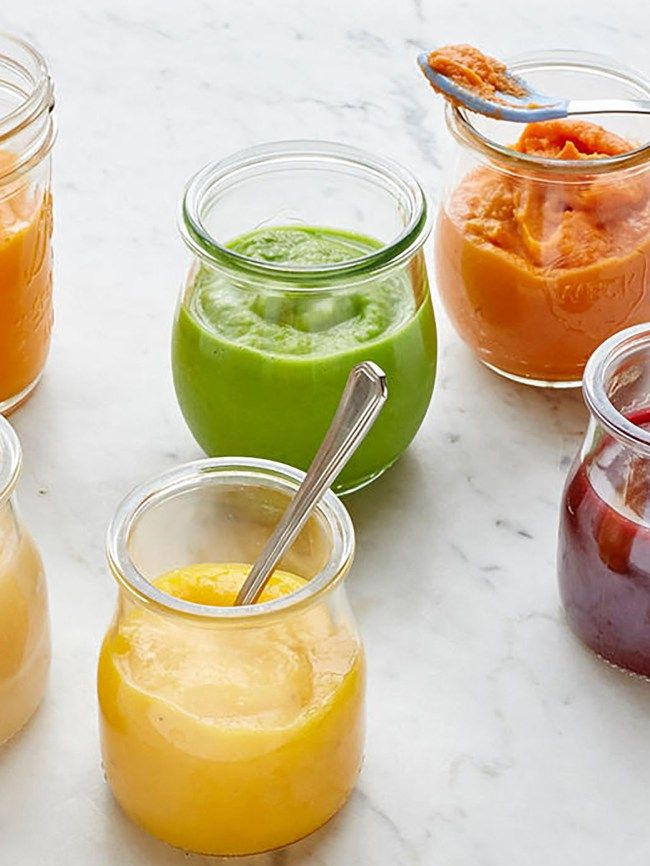
If you have a baby older than 7 months, you can follow this complete
baby food chart for 8 months old and above
How do you know your baby is ready for solids?
1. The baby’s head & neck are stable. This means baby can accept food and swallow.
2. Baby must be able to sit stable with or without support.
3. Shows interest in food when others are eating.
4. Baby must be able to open the mouth when food is offered.
5. Baby is still hungry after breastfeeding or formula feed.
Tips on how to start solids for baby
First consult your pediatrician to confirm if your baby is ready for solids. It is very important to plan well before you introduce any other foods apart from breast milk.
Make your own feeding schedule along with the foods you intend you try and get an approval from your pediatrician. Most clinics and hospitals also provide a diet chart or at least a guide.
I have made this from the guidelines I got from the Clinics here in Singapore. I have followed the same for both my babies.
I have followed the same for both my babies.
1. Always start with a single food. Either a fruit, vegetable or grain. Avoid a mixture of foods. You can start with mashed fruit first. The presence of digestive enzymes in fruits helps the baby to digest them better.
2. After a week, while you continue feeding fruit, you can start rice water (kanji), after a week clear dal soup or boiled vegetable broth / water.
3. Always follow the 3 day wait rule for every food you introduce. Wait for the results until the 4th day. Please see the doctor immediately if your baby develops rashes, runny nose, watery eyes, colic etc.
4. Introduce new foods to your baby during breakfast or lunch. Avoid trying new foods during the later time of the day as it is easy to get a control over the problems.
5. A 7 month old baby can eat only a tsp of mashed food initially. Slowly by 4 weeks increase the quantity to a tbsp and then more.
Helpful tips – introducing solids for baby
1.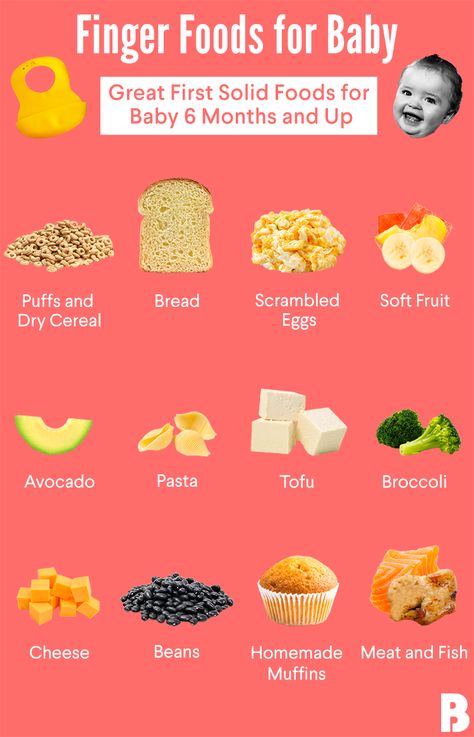 Use stainless steel or glass bowls and cups for preparation of baby foods. Avoid plastic ware even made of any superior material, including virgin plastic or graded as BPA free. Any kind of plastic ware consists of plasticizers that are used to make the containers flexible.
Use stainless steel or glass bowls and cups for preparation of baby foods. Avoid plastic ware even made of any superior material, including virgin plastic or graded as BPA free. Any kind of plastic ware consists of plasticizers that are used to make the containers flexible.
Plasticizers are similar to BPA and are an endocrine disruptor. Even BPA free plastic and virgin plastic ware have chemical plasticizers. Please use google search for more info.
2. Always feed the baby in a calm, quite environment and in a steady place like – on the lap, in a high chair or on the floor.
3. While feeding, refrain the baby from activities like watching a TV show, playing with a hand held gadget like mobile, and tablet or game devices. Some of these emit radiation that is not good for the baby.
4. Meal time has to be a learning for the baby, speaking to your baby about the food – its texture, taste and color helps the baby to develop a liking for the food. Or narrate a good story to the baby, do not encourage the baby to talk while eating. This may seem to be over disciplined but this is the only way i have found to grow fuss free kids. They will begin to love any food that is served.
This may seem to be over disciplined but this is the only way i have found to grow fuss free kids. They will begin to love any food that is served.
5. Introduce water from a steel cup or a glass not from a feeding bottle or sipper. A 90 ml cup is best suited. This makes the transition from teat to cup easy when the baby grows up.
6 months baby food chart
To follow this baby chart please ensure your baby has completed 6 months and you have an approval from your pediatrician for the same.
A baby usually consumes milk every 2 to 3 hours. Solids should be served in between the feeds. Use plain boiled and cooled water to puree the fruits if needed. Avoid mixing milk or any other ingredient with fruit.
The combination of fruit and milk products results in indigestion, loss of appetite, no weight gain and accumulation of toxins.
Clear soups can be used to make pureed rice, oats or ragi cereal. Feeding only clear soups regularly is not a good idea as they lack the nutrition that is provided by a semi solid food or milk.
I have shared a sample baby food chart below which shows the quantities of fruits and vegetables. From the chart (day 13 to day 20), you can replace potato with rice porridge (kanji) or dal soup or ragi porridge.
This is an alternate table which you can follow if your baby is in between 6 and 7 months.
| Breastfeed or formula milk. What ever time your baby wakes up. |
7.30 to 8 am fruit puree |
| One of the following: (only after 1½ to 2 hours of milk). You can use boiled cooled water to thin down the puree. 1. Banana- mash with a fork or run in a blender. 2. Apple- peel,core,steam for about 5 to 6 minutes. Puree in a blender 3. Chickoo (sapota)- mash with a fork and spoon 4. Pear- peel and core, steam for 5 to 6 minutes 5. Papaya – mash with a fork or blend 6. Ripe avocado – add it to a blender and puree |
11. 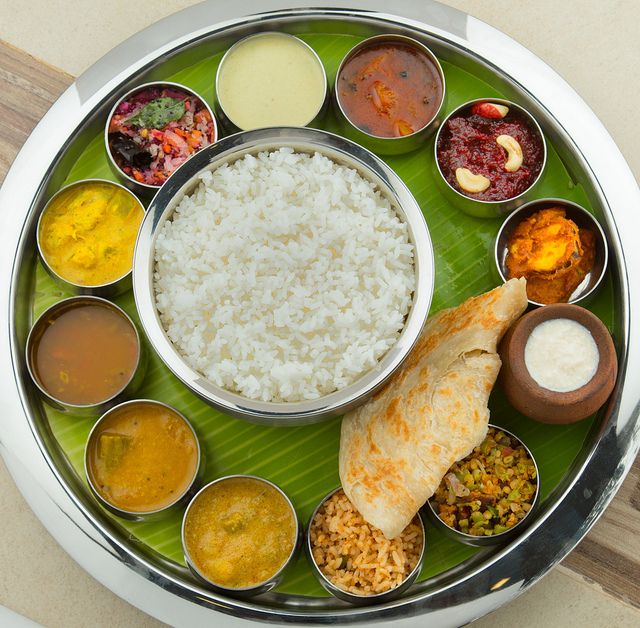 30 to 12.30 pm 30 to 12.30 pm |
| After introducing fruits, you can try these. Continue to feed fruits for breakfast. first 1 week – rice cereal 2nd week apple rice or rice cereal with boiled carrot 3rd week ragi porridge Or apple ragi or oats porridge Or apple oats Or clear moong dal soup 4th week – Repeat the foods mentioned above. You can also introduce soupy khichdi. You will have to make it following the same method I mentioned for rice cereal above. |
| Breast feed or formula (only after 1.5 to 2 hours of lunch) |
Baby food recipes for 6 months old along with ingredients and instructions to prepare
These are the quantities i followed for my kids i got from the Health Promotion Board,Singapore.Use any one
Quantity of fruits for 6 months to 9 months
½ small apple
½ small pear
½ cup sapota
½ cup papaya
½ medium banana
How many times can the same fruit be given in a week?
Including a variety of fruits will provide different kinds of nutrients to the baby.
Banana – 3 to 4 times
Apple – daily
Chickoo- daily
Pear- 3 to 4 times
Papaya – 4 to 5 times
Avocado- 3 to 4 times or daily
Do read the complete post before you attempt any of these recipes
More tips on preparing Lunch
from 3 rd week – Rice, ragi or oats. Clear dal soup with veggie.
first 7 days (from 3rd week) -Single grain with milk (formula or breast milk). You can also use gluten free or baby oats or ragi to make porridge.
next 7 days – Rice with a single veggie or apple. You can use steamed or boiled carrots.
VEGETABLES to prefer
1. carrots
2. pumpkin
LENTIL/ DAL to prefer
1. moong dal
2. toor dal
About Swasthi
I’m Swasthi Shreekanth, the recipe developer, food photographer & food writer behind Swasthi’s Recipes. My aim is to help you cook great Indian food with my time-tested recipes. After 2 decades of experience in practical Indian cooking I started this blog to help people cook better & more often at home. Whether you are a novice or an experienced cook I am sure Swasthi’s Recipes will assist you to enhance your cooking skills.
Whether you are a novice or an experienced cook I am sure Swasthi’s Recipes will assist you to enhance your cooking skills.
Follow Swasthi’s Recipes
Sign up to receive awesome Swasthi’s Recipes in your inbox *
Popular Recipes
Featured Recipes
how and when to introduce solid food to a child
Solid food: how and when to introduce solid food to a childExpecting new skills from the baby, do not rush things. It is necessary to acquaint the child with solid food no earlier than 6-7 months. At this time, the desire to scratch the gums, ready for the appearance of the first teeth, will coincide with the interest in adult food.
Dry initial milk formula adapted by Valio Baby 1 NutriValio for feeding children from birth to 6 months Read more
Follow-up dry milk formula adapted by Valio Baby 2 NutriValio for feeding children from 6 to 12 months More
Dry milk drink "Baby milk" Valio Baby 3 NutriValio for feeding children over 12 months Read more
Children are born with a vital, unconditioned reflex - sucking.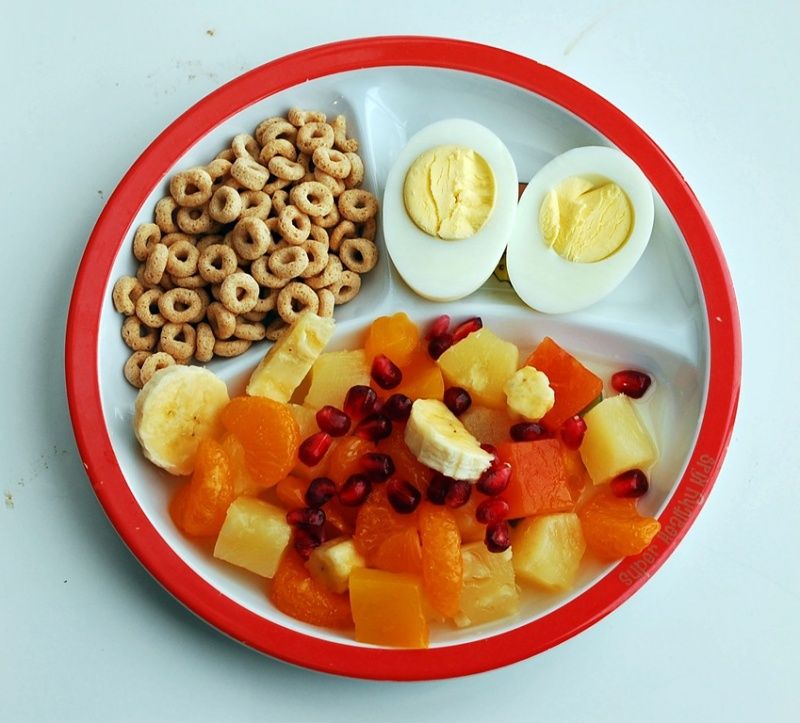 They are ready to suck on their mother's breasts, but all solid objects that have fallen into their mouths are automatically pushed out so as not to choke (a protective reflex is triggered). Therefore, parents are not recommended to accustom the baby to solid foods too early. This will cause not only rejection, but sometimes vomiting. The ideal time is considered to be the start of complementary foods. When the first teeth begin to grow in the child, you can replace the homogenized puree with food with the addition of soft fibers. They will be to the taste of the baby, as they will massage itchy gums. An important clue for parents is also the child's interest in adult food. If the baby looks into your plate, tries not to suck on mashed potatoes in a spoon, but to remove it with his upper lip and chew - it's time to introduce more solid food into the children's menu. First, at the tip of the spoon, offer the baby vegetable and cereal side dishes, closer to 9months you can give pieces of well-boiled meat.
They are ready to suck on their mother's breasts, but all solid objects that have fallen into their mouths are automatically pushed out so as not to choke (a protective reflex is triggered). Therefore, parents are not recommended to accustom the baby to solid foods too early. This will cause not only rejection, but sometimes vomiting. The ideal time is considered to be the start of complementary foods. When the first teeth begin to grow in the child, you can replace the homogenized puree with food with the addition of soft fibers. They will be to the taste of the baby, as they will massage itchy gums. An important clue for parents is also the child's interest in adult food. If the baby looks into your plate, tries not to suck on mashed potatoes in a spoon, but to remove it with his upper lip and chew - it's time to introduce more solid food into the children's menu. First, at the tip of the spoon, offer the baby vegetable and cereal side dishes, closer to 9months you can give pieces of well-boiled meat. The kid does not immediately learn to chew them, and the food will come out with a stool almost in its original form. It's not scary, over time the child will learn everything. It is important not to ignore his desire, you will have to pay for the pedagogical miscalculation and literally teach the child to chew.
The kid does not immediately learn to chew them, and the food will come out with a stool almost in its original form. It's not scary, over time the child will learn everything. It is important not to ignore his desire, you will have to pay for the pedagogical miscalculation and literally teach the child to chew.
Of course, not everything can go according to plan. The most common reasons why a child refuses solid food:
-
The pieces of food are too big.
-
You are using the wrong feeding technique.
-
The spoon is big for a child.
-
The child has unpleasant associations - perhaps you gave him medicine from this spoon. Do not use everyday baby utensils for unpleasant procedures.
-
The child is in a bad mood or does not feel well.
In no case do not force the baby to eat if he refuses. Gently try again and again. Set an example - eat the first spoon yourself, showing the crumbs how tasty his food is. If the child still cannot cope with solid food, it is worth contacting a pediatric osteopath. The baby may have a non-standard structure of the maxillofacial system, subluxation of the jaw associated with birth trauma, problems with muscle tone. The timely introduction of solid food is very important not only for the full nutrition of the child, it affects his future speech activity. Breastfeeding is a good prevention of speech therapy problems. In order to suck milk from the breast, the child needs to make more efforts than when feeding from a bottle - this is a good (and what is valuable - natural) training of the jaws and muscles of the tongue, and it must be continued by introducing the crumbs to solid food in time. Of course, a baby with a piece of an apple in his hands (and in his mouth) must be looked after so that he does not choke. By the way, for the development of the chewing and speech apparatus, it is useful to grimace with the baby during the game - this strengthens the facial muscles well.
If the child still cannot cope with solid food, it is worth contacting a pediatric osteopath. The baby may have a non-standard structure of the maxillofacial system, subluxation of the jaw associated with birth trauma, problems with muscle tone. The timely introduction of solid food is very important not only for the full nutrition of the child, it affects his future speech activity. Breastfeeding is a good prevention of speech therapy problems. In order to suck milk from the breast, the child needs to make more efforts than when feeding from a bottle - this is a good (and what is valuable - natural) training of the jaws and muscles of the tongue, and it must be continued by introducing the crumbs to solid food in time. Of course, a baby with a piece of an apple in his hands (and in his mouth) must be looked after so that he does not choke. By the way, for the development of the chewing and speech apparatus, it is useful to grimace with the baby during the game - this strengthens the facial muscles well.
2.71 7
Power supplyShare:
Ivargizova Oksana
Medical Institute. Pavlova, specialization - pediatrics
Author: Reetta Tikanmäki
Palm oil in baby food
Infant milk formulas are made from cow's milk. However, in terms of fat composition, it differs significantly from that of the mother.
Read
Author: Ivargizova Oksana
How to choose milk formula for a baby
Breast milk is the best food for a newborn baby. It contains all the necessary nutritional components that fully meet the needs of the child and are necessary for his healthy and harmonious development.
It contains all the necessary nutritional components that fully meet the needs of the child and are necessary for his healthy and harmonious development.
Read
Show all
We want to make our site more convenient for you, so we collect analytical data about your visit using cookies. By continuing to use the site, you agree to this. For more information on the collection and processing of data, please see the Personal Data Processing Policy.
Password recovery
To recover your password, enter your e-mail, which you specified during registration. We will send you a message with further instructions to this e-mail
Thank you for contacting us!
A letter with information to reset your password
has been sent to your mail
Back to the site
YOUR CITY -
?
Yes Change
We want to make our site more convenient for you, so we collect analytical data about your visit using cookies. By continuing to use the site, you agree to this. For more information on the collection and processing of data, please see the Personal Data Processing Policy.
By continuing to use the site, you agree to this. For more information on the collection and processing of data, please see the Personal Data Processing Policy.
SELECT CITY
Philips AVENT - Solid Food
Philips AVENT - Solid Food Search Support iconSearch Keywords
Shopping Cart
There are currently no items in your shopping cart.
- {{#each curatedBundle.items}}
- {{#if miniCartProductpath}} {{/if}} {{#if miniCartProductpath}} {{/if}}
{{#if miniCartProductpath}} {{/if }}
{{#iff curatedBundleQuantity 'gt' '1'}} {{curatedBundleQuantity}} x {{/iff}} {{#if familyName}} {{familyName}} {{/if}} {{#if descriptor}} {{descriptor}} {{/if}}
{{#if miniCartProductpath}} {{/if}}
{{/each}} {{#if isPersonalizedBundle}}
{{#if curatedBundle. price}}
price}}
{{curatedBundle.price }}
{{curatedBundle.discountPrice}}
{{/if}}
{{/if}} {{#if isSubscriptionBundle}}
{{#if curatedBundle.displayPrice}}
{{curatedBundle.displayPrice}}
+{{curatedBundle.displayRecurringCharge.totalFormattedValue}} / {{curatedBundle.ratePlanDuration}}
{{/if}}
{{/if}} {{/if}} {{#if isBundle}} {{#each bundle}}
{{#if bundle.label}}{{bundle.label}}{{else}}Bundled Item{{/if}}
{{#if totalPrice}} {{#if formerPrice}}
{{formerPrice}}
{{/if}}
{{totalPrice}}
{{/if}}
{{/each}} {{/if}} {{#if isSingleItem}}
-{{discountValue}}
{{/if}}{{#if miniCartProductpath}}
{{/if}}{{#iff quantity 'gt' '1'}} {{quantity}} x { {/ff}} {{#if familyName}} {{familyName}} {{/if}} {{#if descriptor}} {{descriptor}} {{/if}}
{{#if miniCartProductpath}}{{/if}} {{#if sellerName}} {{soldBySiteText}} {{sellerName}} {{/if}}
{{#if totalPrice. formattedValue}} {{#if formerPrice.formattedValue}}
formattedValue}} {{#if formerPrice.formattedValue}}
{{formerPrice.formattedValue}}
{{/if}}
{{totalPrice.formattedValue}}
{{/if}}
An error occurred while deleting an item from the cart. Try again
{{/if}} {{/each}}
{{#iff cart.attributes.pricing.orderDiscountNoDelivery.value 'gt' 0}}
Discount: - {{cart.attributes.pricing.orderDiscountNoDelivery.formattedValue}}
{{/ iff}}
Shipping cost: {{#iff cart.attributes.pricing.totalDelivery.value 'gt' 0}} {{cart.attributes.pricing.totalDelivery.formattedValue}} {{else}} FREE {{/iff }}
Subtotal: {{cart.attributes.pricing.total.formattedValue}}
{{/if}} {{#if price.formattedValue}}{{price.formattedValue}}
{{/if}} {{/iff}} {{#iff cardtype 'eq' 'errormsg'}}{{#iff status 'eq' '400'}} {{#iff code 'eq' 'MISSING_PARAMETER'}}
An error occurred while adding an item to the cart.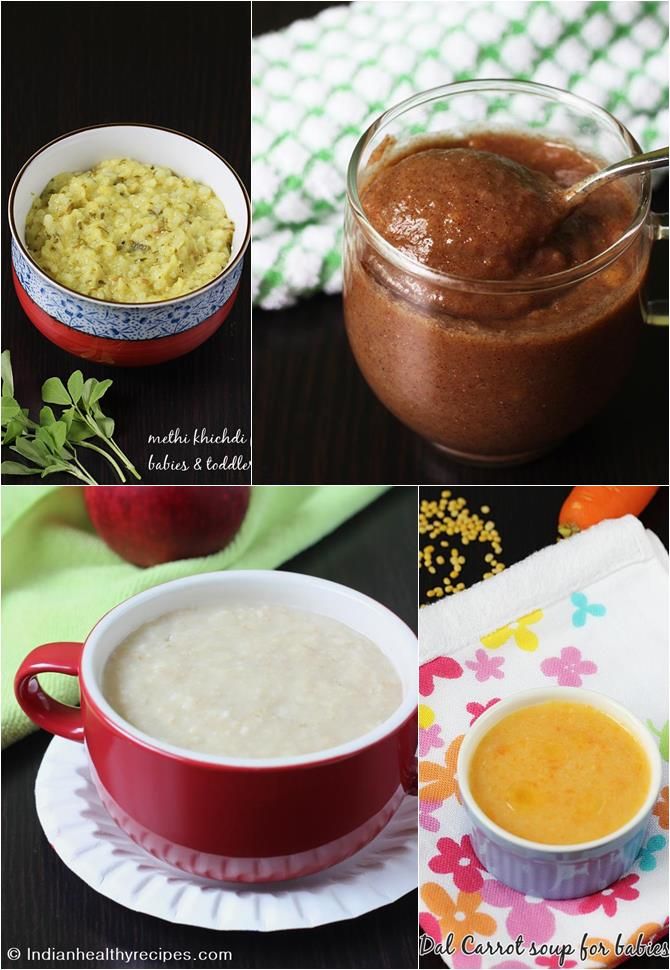 Try again
Try again
{{/iff}} {{#iff code 'eq' 'BAD_REQUEST'}}
An error occurred while adding an item to the cart. Try again
{{/iff}} {{#iff source.parameter 'eq' 'quantity'}}
An error occurred while adding an item to the cart. Try again
{{/iff}} {{else}} {{#iff status 'eq' '412'}} {{#iff code 'eq' 'STOCK_EXCEPTION'}}
Unfortunately, the item you have selected is out of stock and cannot be added to your cart.
{{#iff code 'eq' 'SUBSCRIPTION_BUNDLE_EXIST'}}
Please make a separate purchase for additional subscriptions
{{/iff}} {{else}}
An error occurred while adding an item to the cart. Try again
{{/iff}} {{/iff}}
Solid food
At the age of 4 to 6 months, milk alone is not enough for a baby, and he begins to show interest in "adult" food.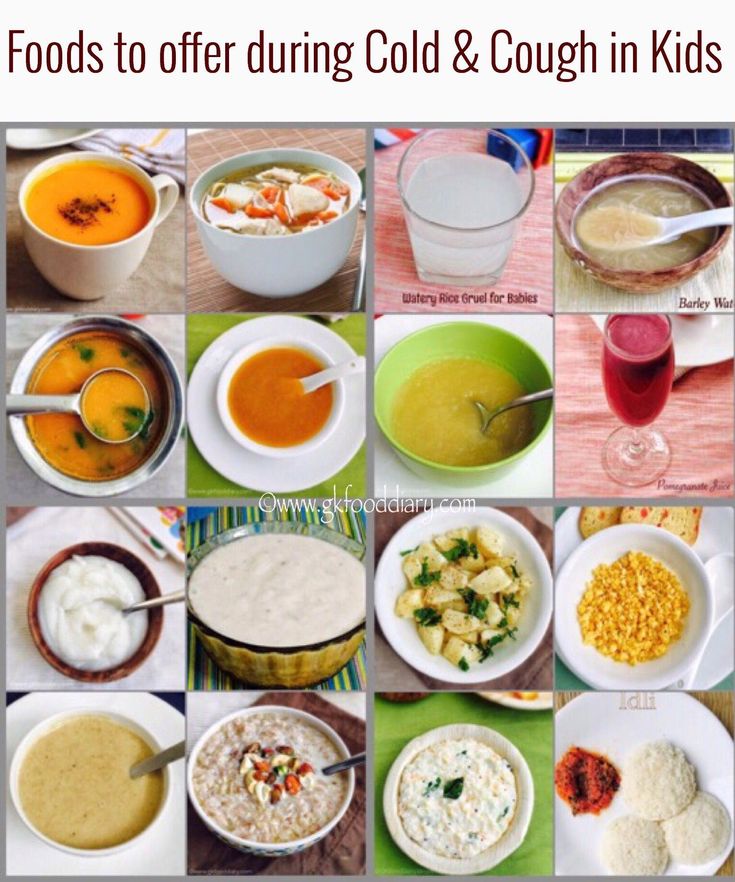 This is a sure sign that it's time to introduce complementary foods.
This is a sure sign that it's time to introduce complementary foods.
Purchasing and preparing fresh solid foods for your baby is the best way to retain as many nutrients as possible. By preparing food yourself, you will know exactly what this or that dish is made of.
The foods themselves, how they are stored, how they are prepared and prepared also affect their nutritional properties, so we have put together a few tips for you to help prepare the most healthy food for your baby.
Steam cooking
Steam cooking is one of the best cooking methods that preserves the nutritional quality of food. Cooking with the Philips Avent Steamer Blender preserves nutrients, as the juices released during steaming can then be mixed with food using a blender.
Preparing and storing
- Cook in a clean room, use clean utensils to ensure food hygiene.
- Wash your hands before preparing food, wash your child's hands before feeding.
- Baby food must be thoroughly cooked and cooled before serving.

- Food is heated unevenly in the microwave oven and you or your child may burn yourself. Always thoroughly stir and cool food heated in the microwave. Use the Philips Avent Bottle and Baby Food Warmer to heat food evenly and safely.
- Do not reheat baby food.
- Store food according to instructions, including date of preparation.
- Most cooked meals can be stored in the refrigerator for up to 24 hours.
- Prepare and freeze portions in ice trays or containers such as Philips Avent VIA cups to save a lot of time.
- VIA Containers are a hygienic and convenient way to store food and can easily be written on with product name and preparation date.
- Read your refrigerator instructions for how long food can be stored in the freezer. Usually it is 1-3 months.
- Do not refreeze food that has already been defrosted.
A few words about the ingredients
- Before cooking, all fruits and vegetables must be thoroughly washed and some peeled.
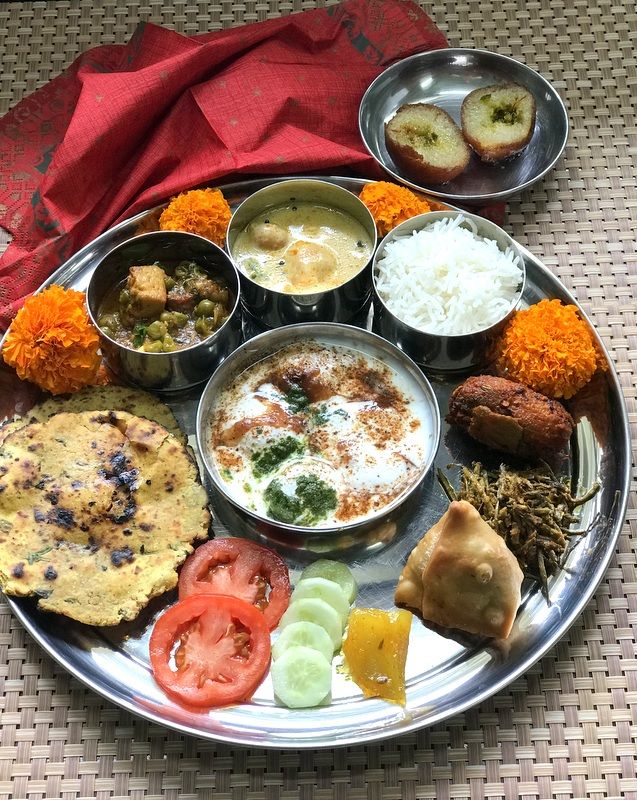
- Do not add salt to baby food.
- To make your meal tastier, season your food with herbs and mild spices, as you would when cooking at home.
- Do not add sugar to baby food. The exception is sour fruits, which can be served with a little sugar.
- Some foods, such as raw shellfish, liver, soft unpasteurized cheeses, and honey, are not suitable for children under one year of age.
- Eggs must be hard boiled.
- If you are unsure if a product is right for your child, please consult your doctor.
Please note that the information contained in these articles is only general advice and should not be used as a substitute for consulting a physician. If you, your family member, or your child develop symptoms or illnesses that are severe or persistent, or if you need professional medical attention, see your doctor. Philips Avent accepts no liability for damages resulting from the use of the information provided on this site.
Product (s):
Similar tips
Introduction to harder food
Read Article
Recipes for your child
Read article
(“Philips”).






